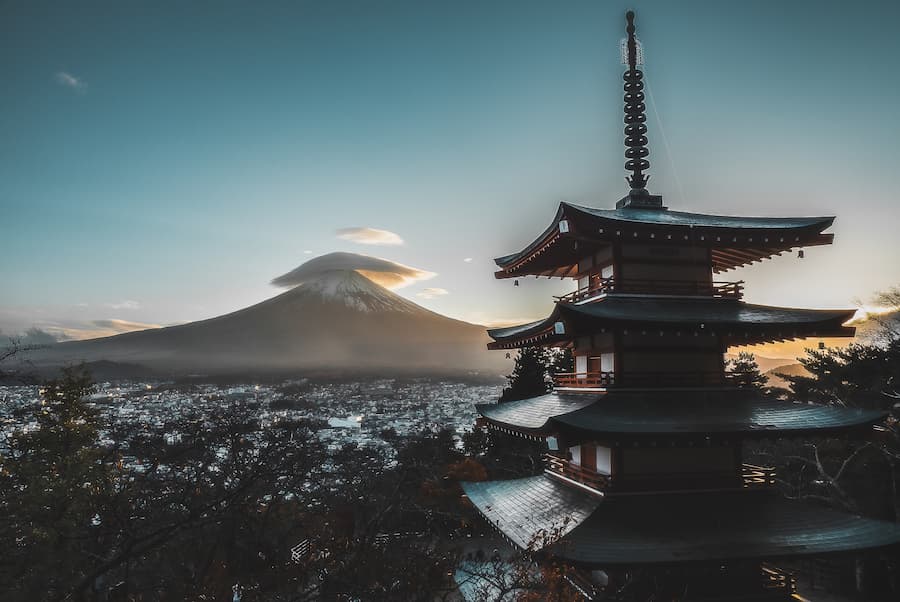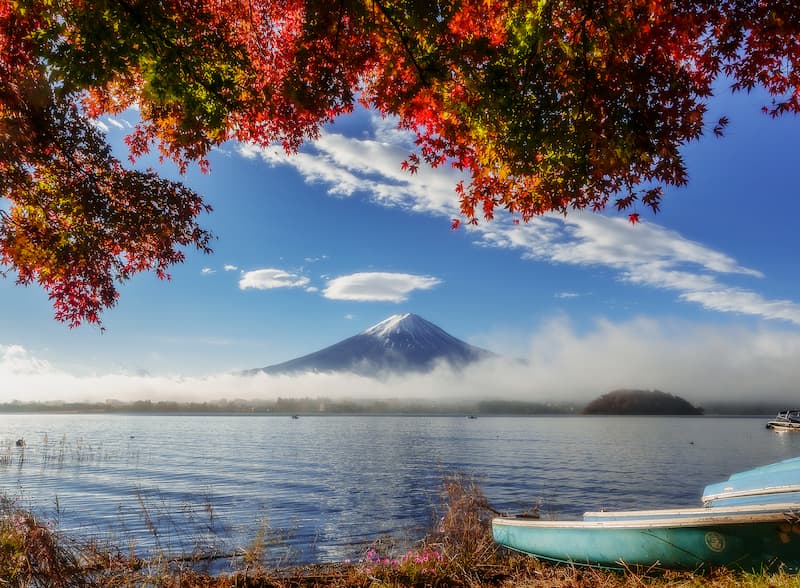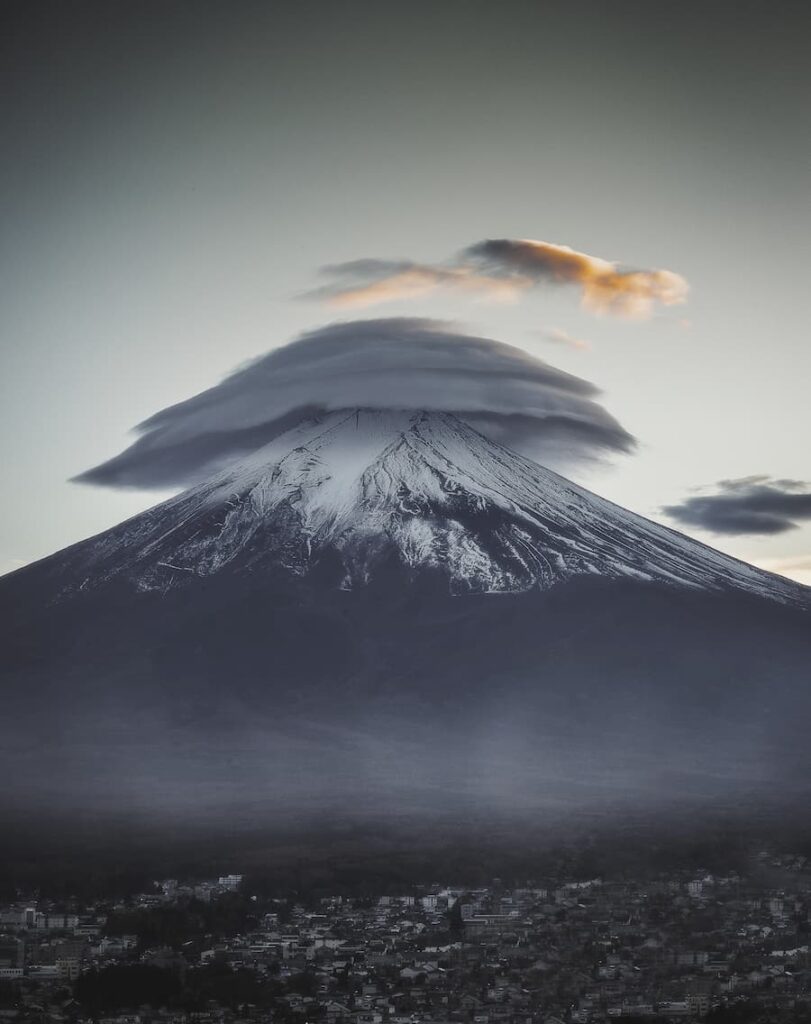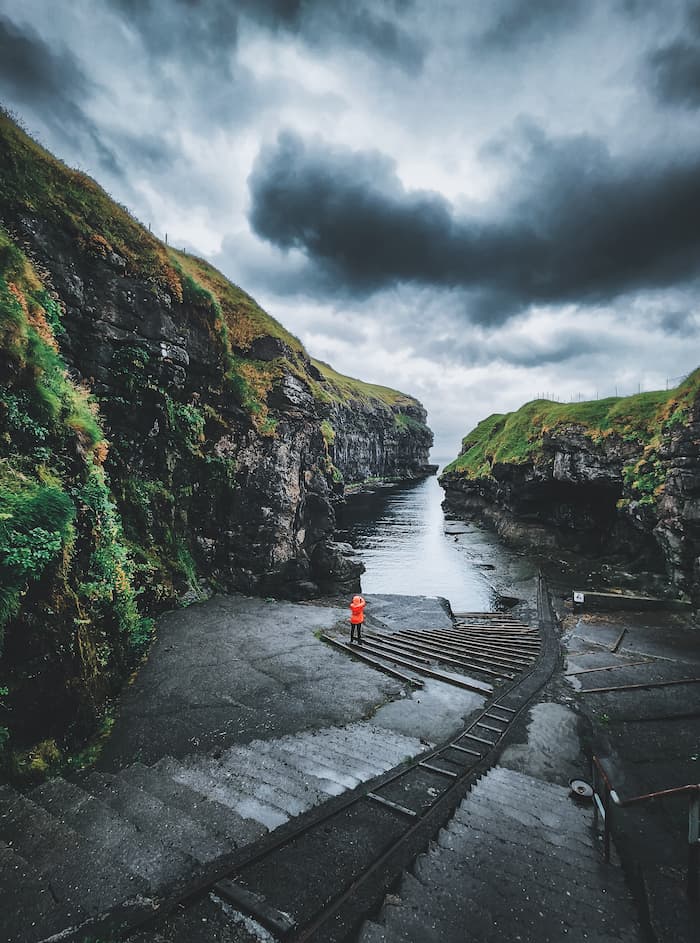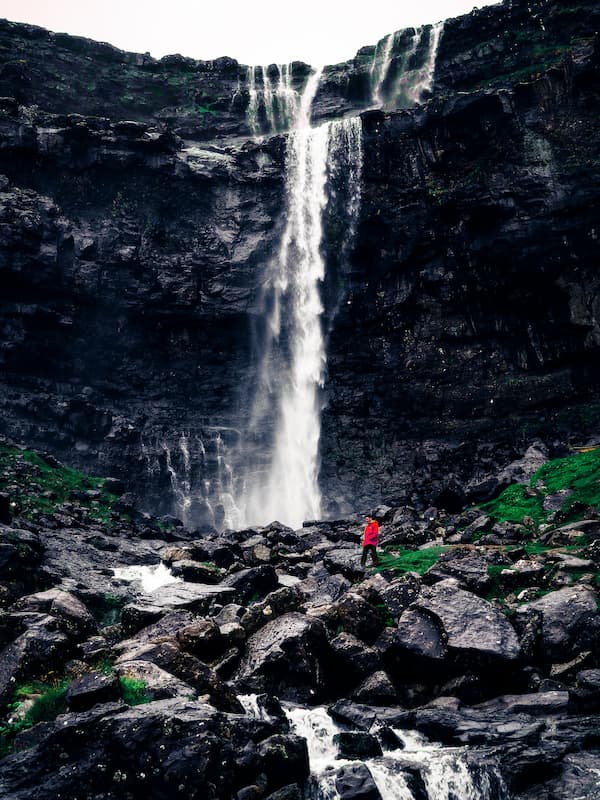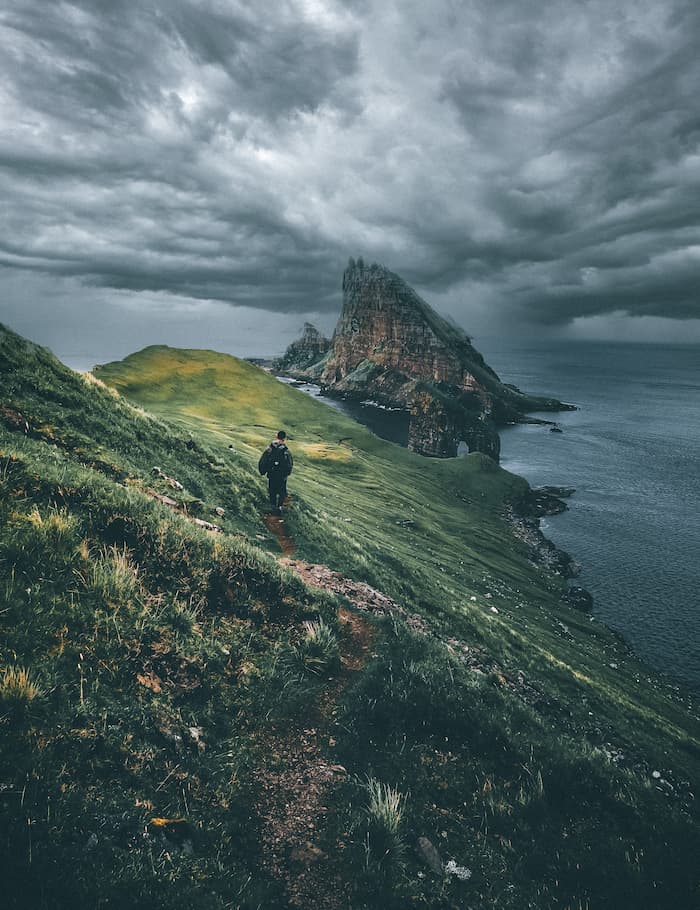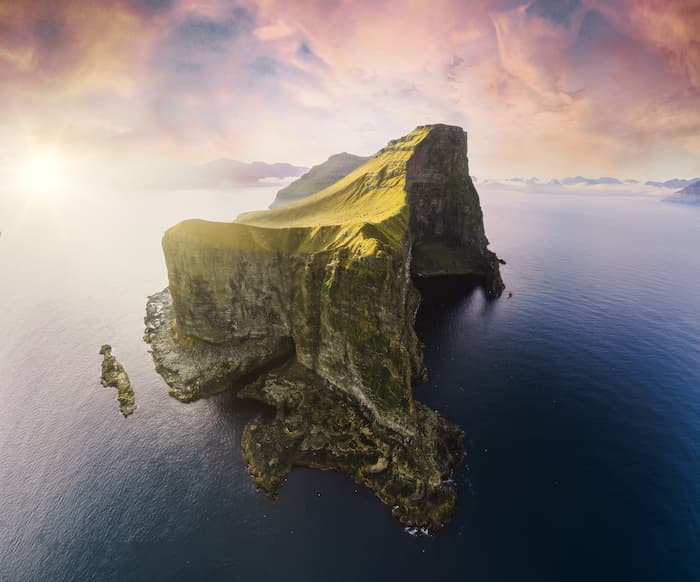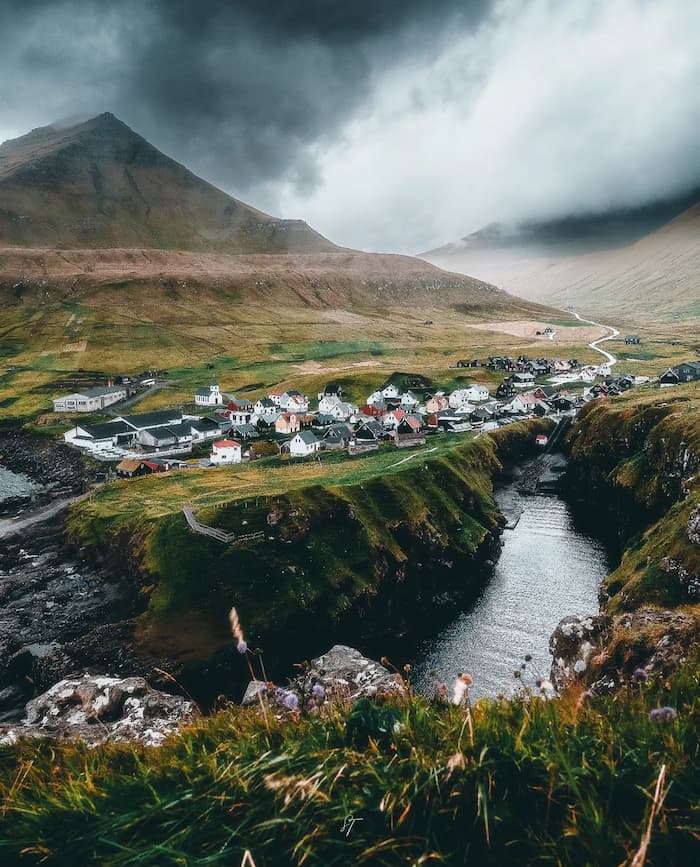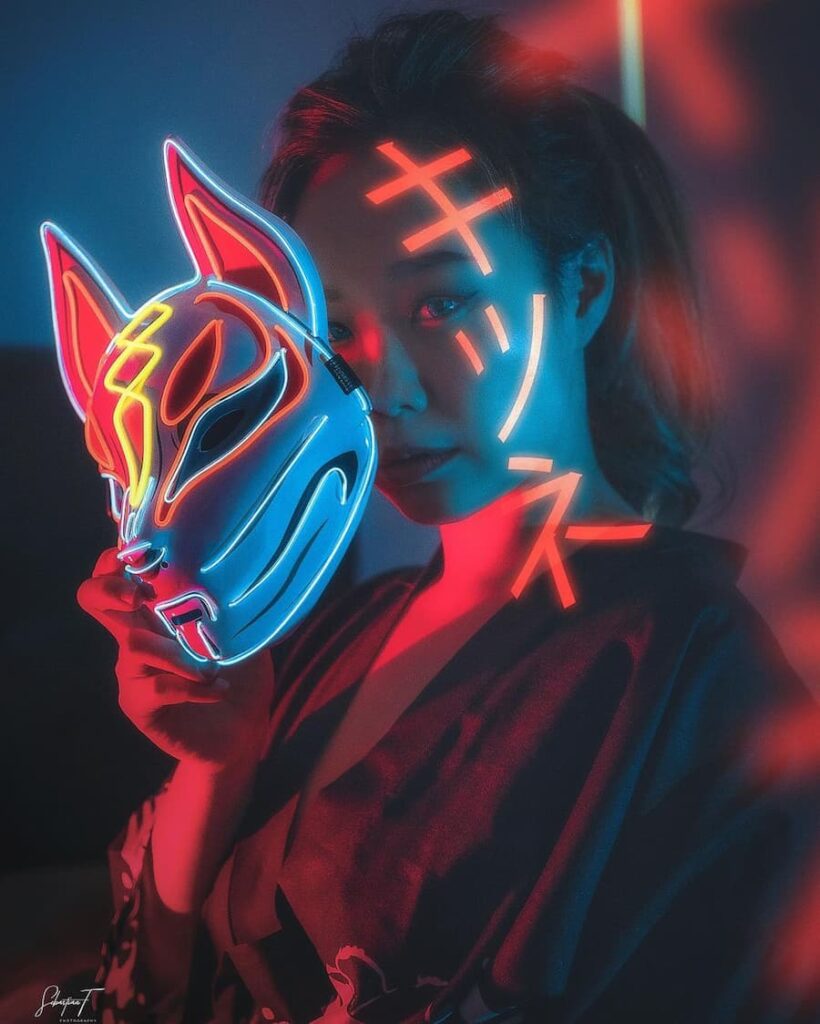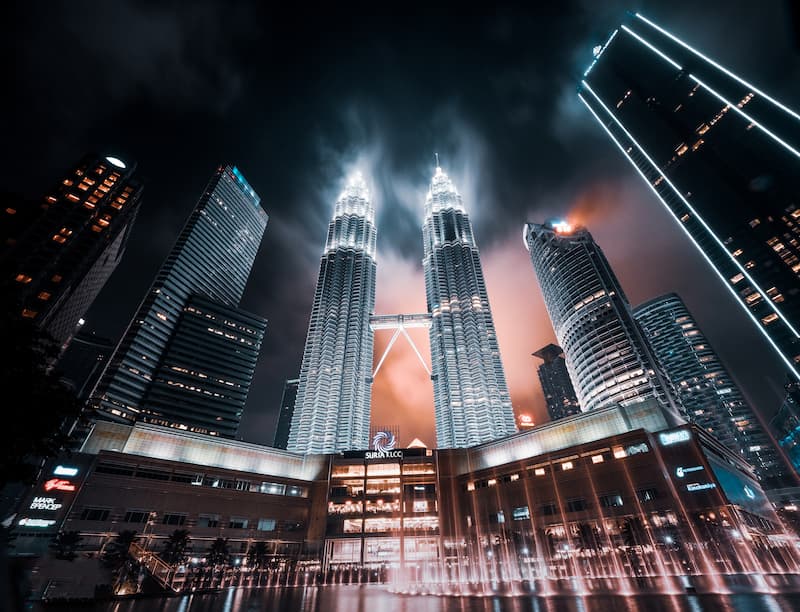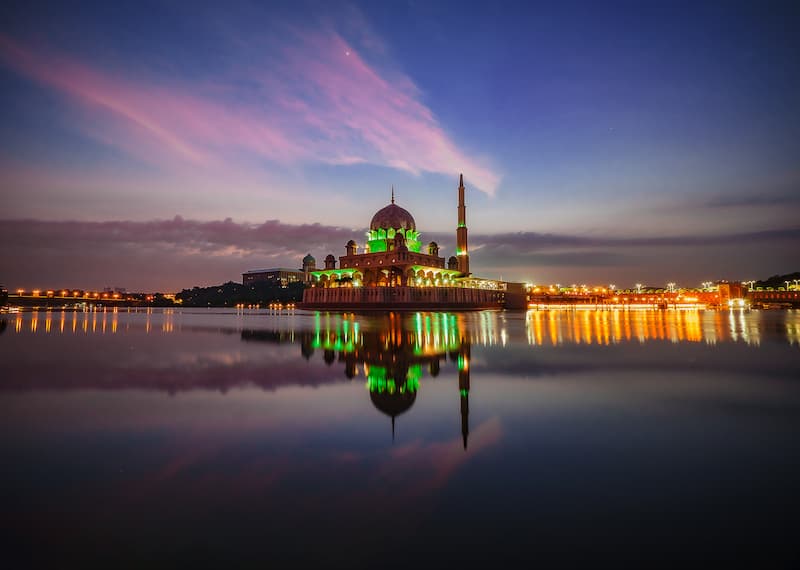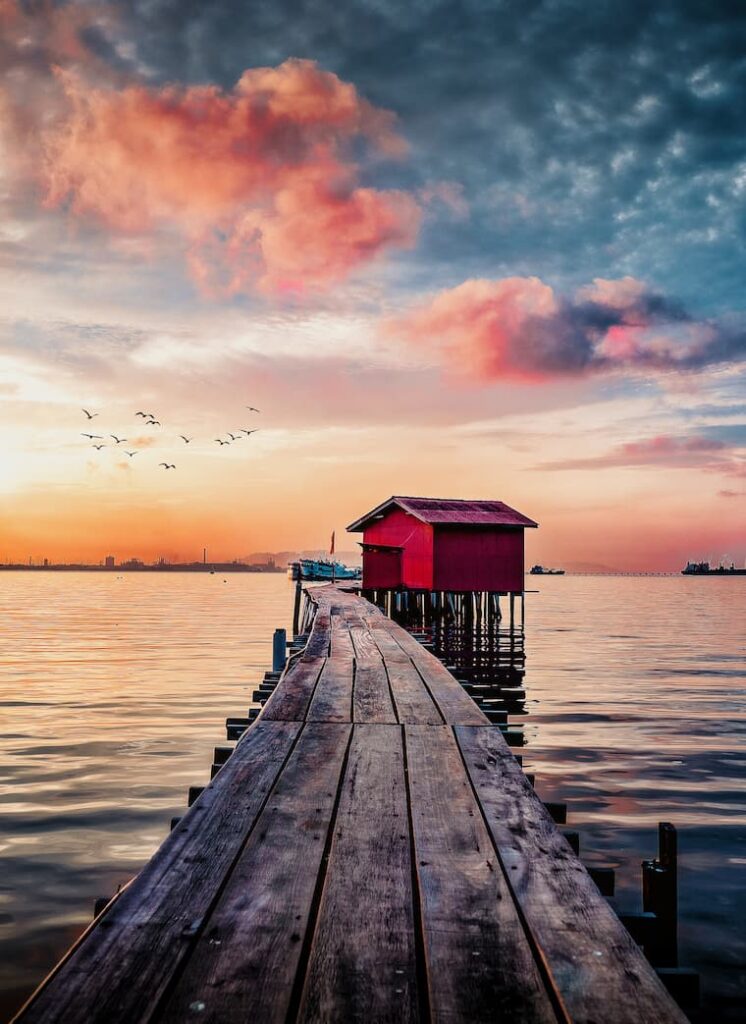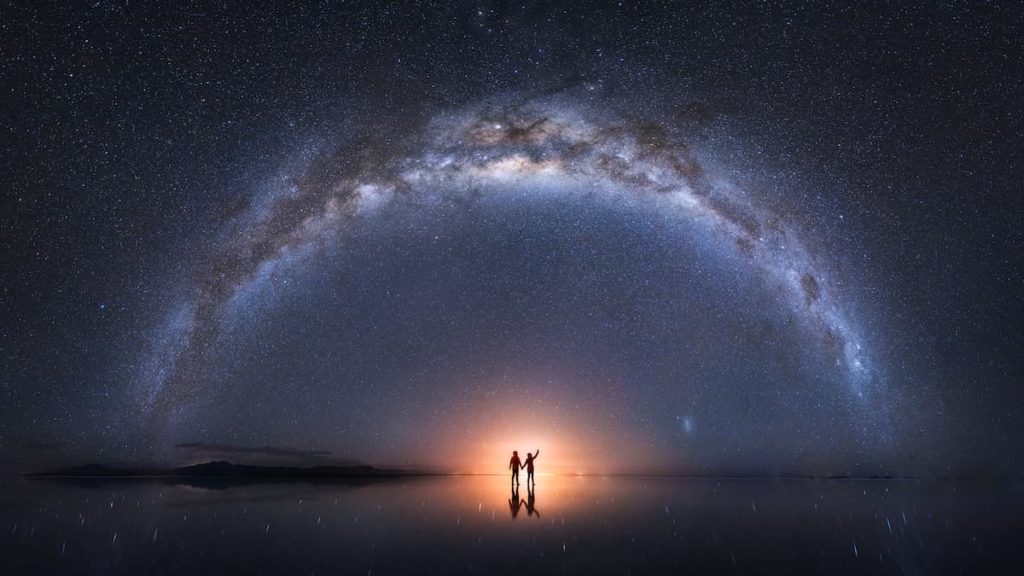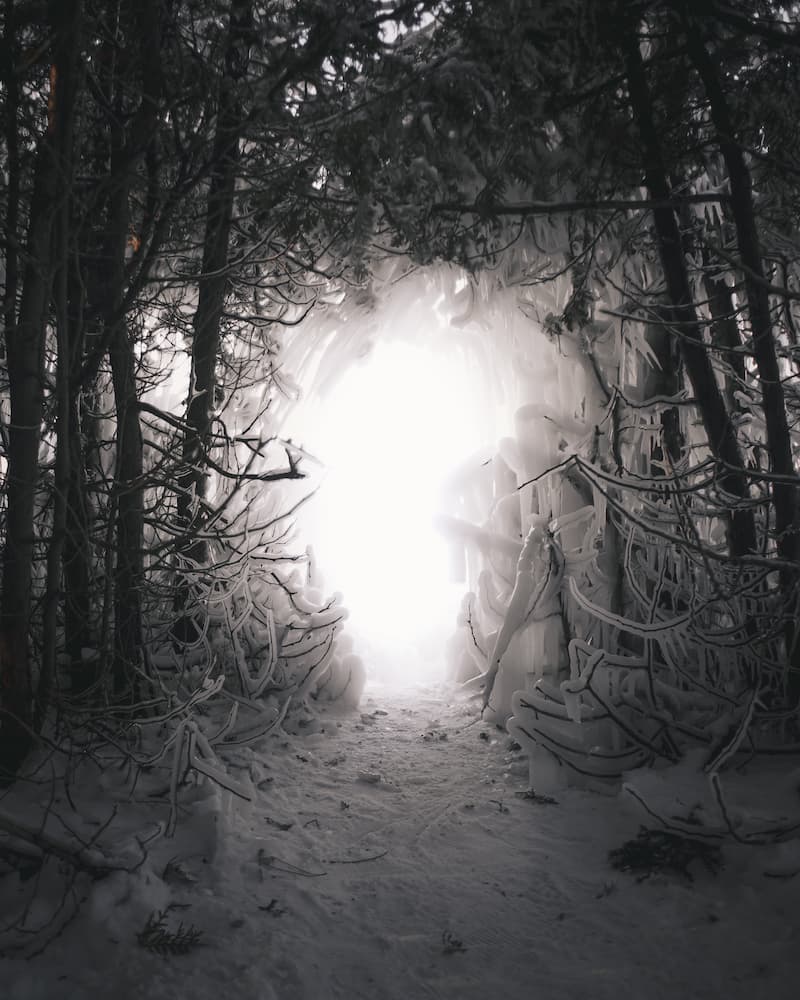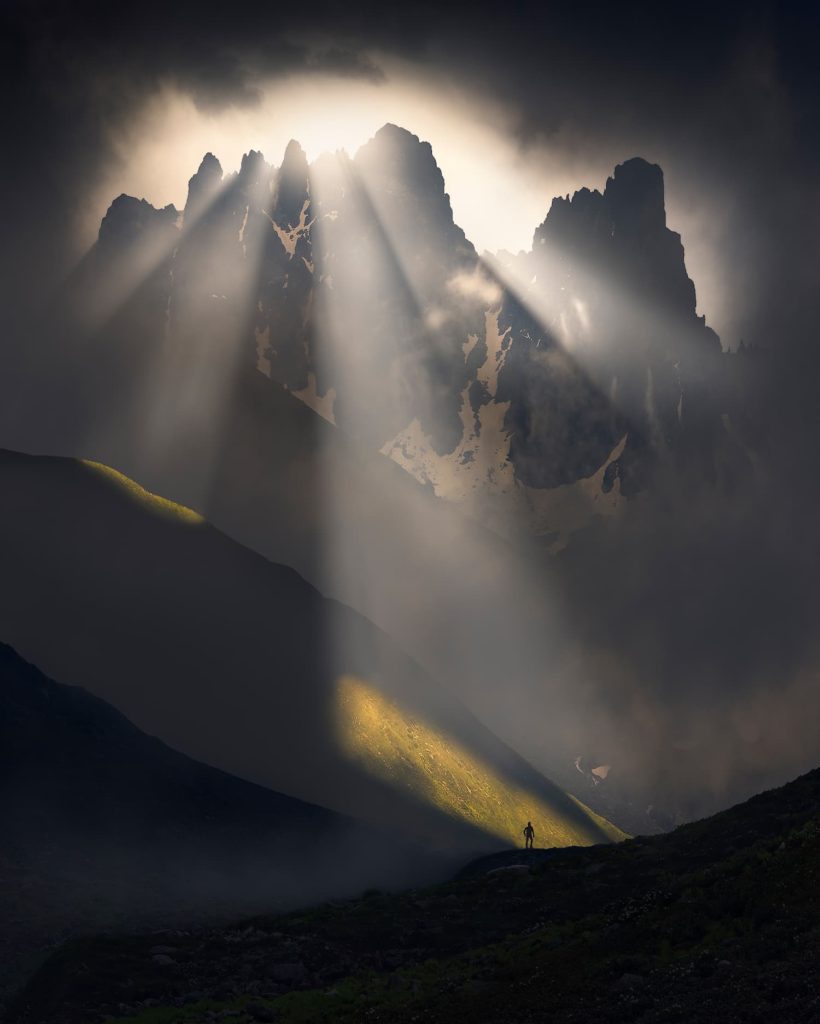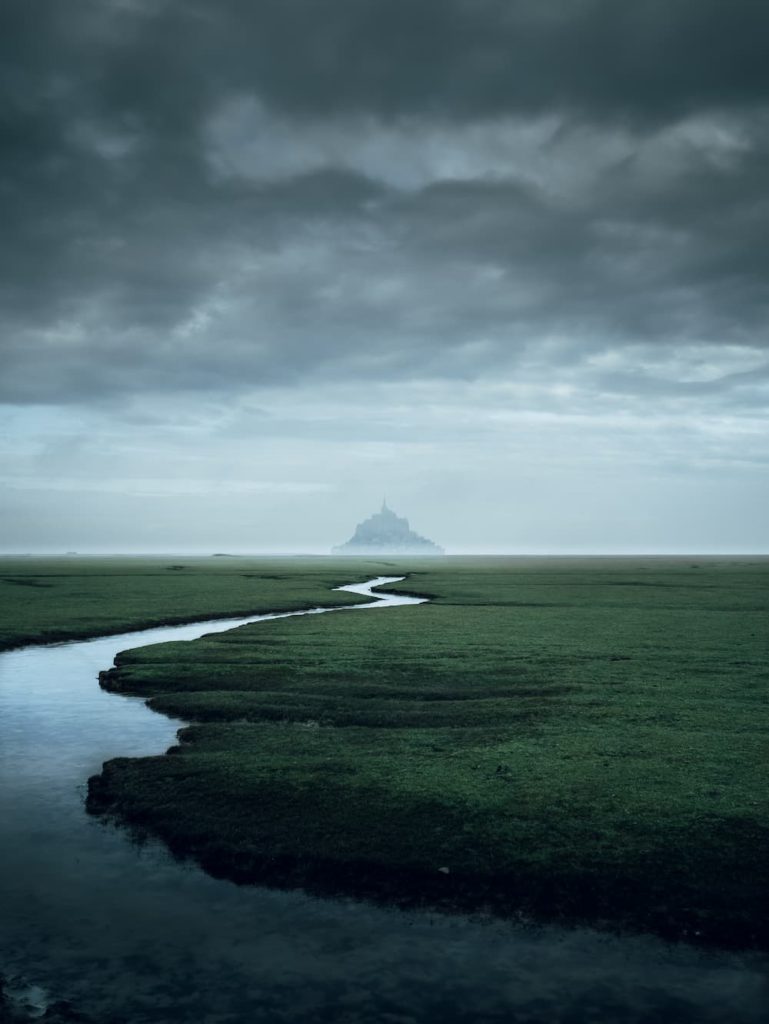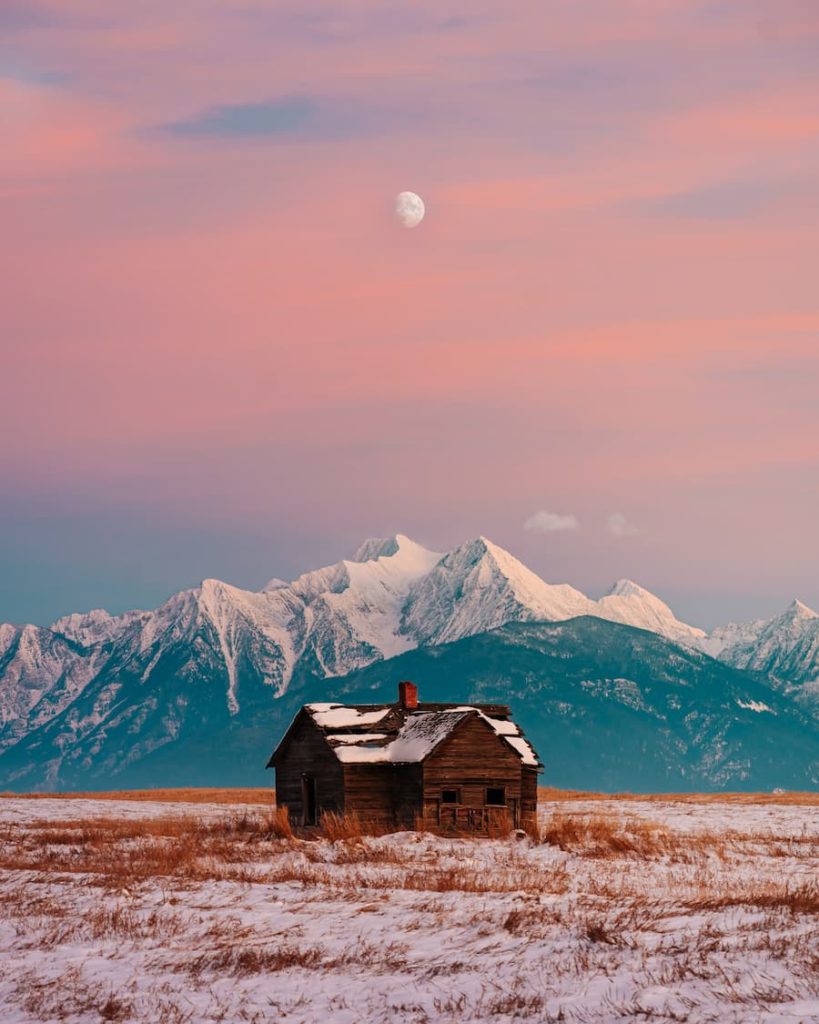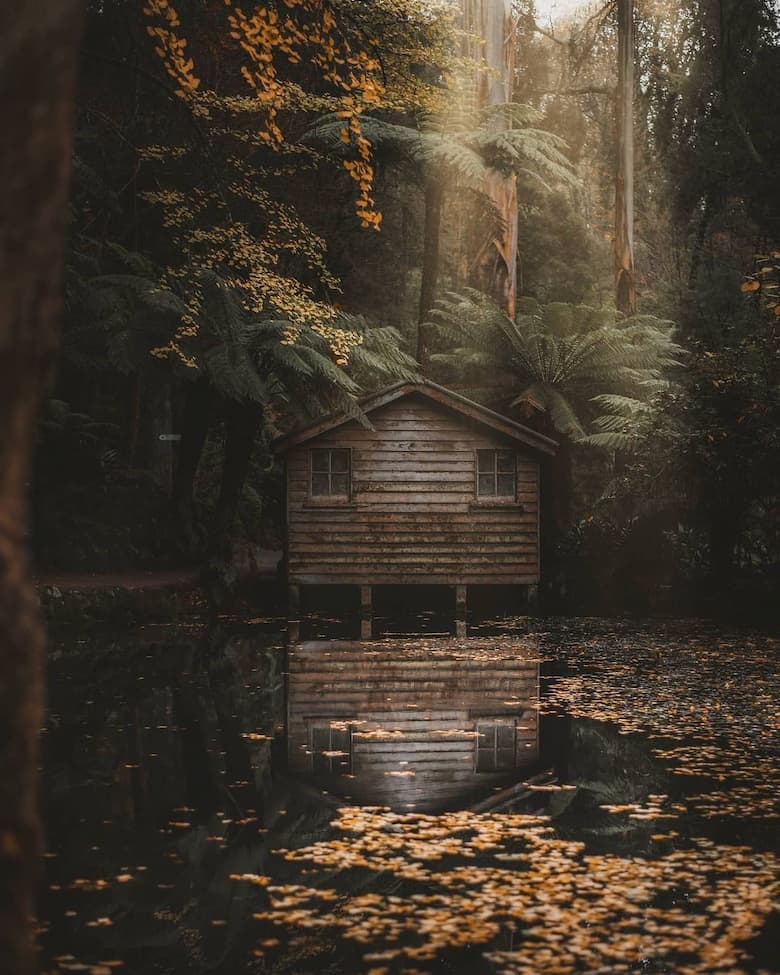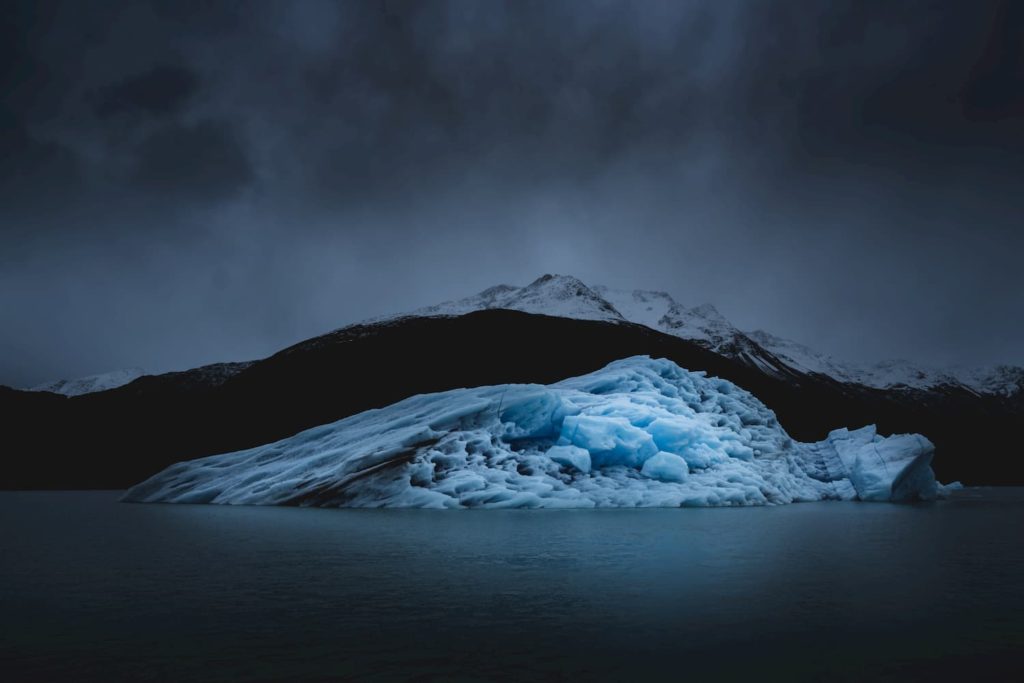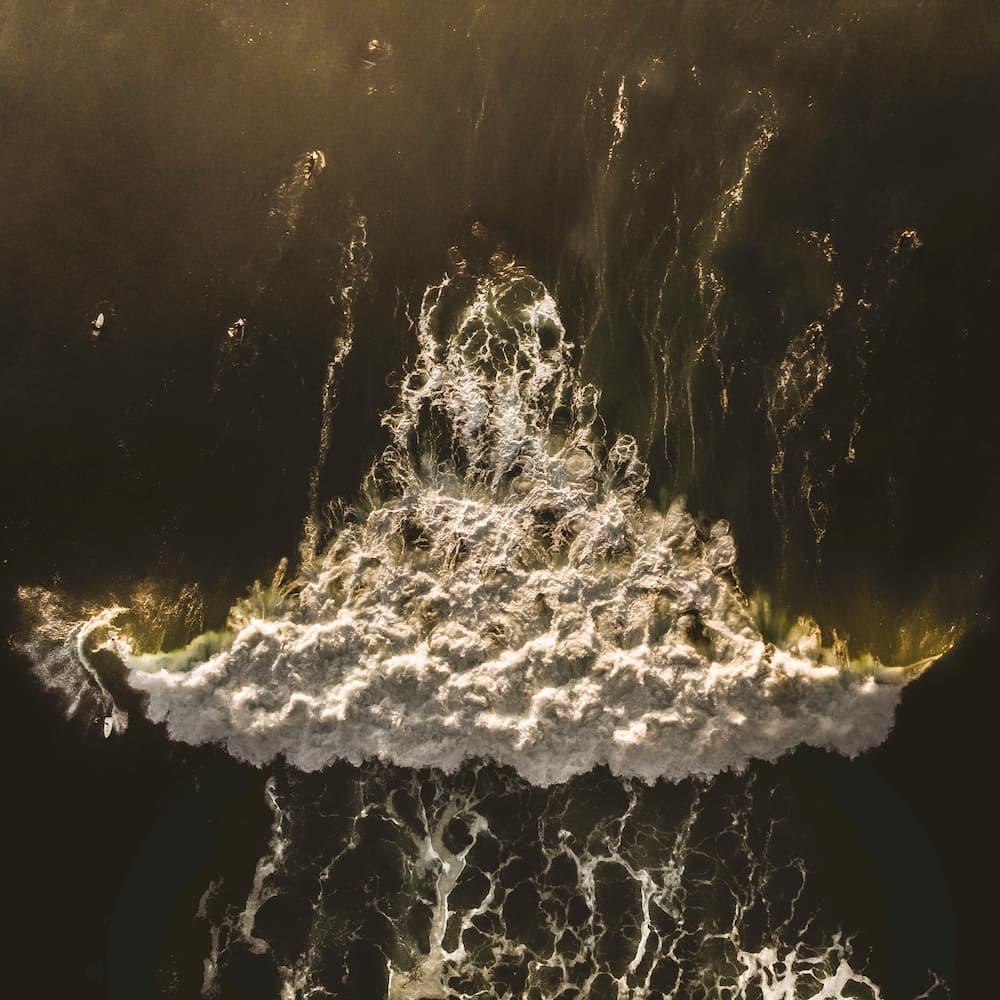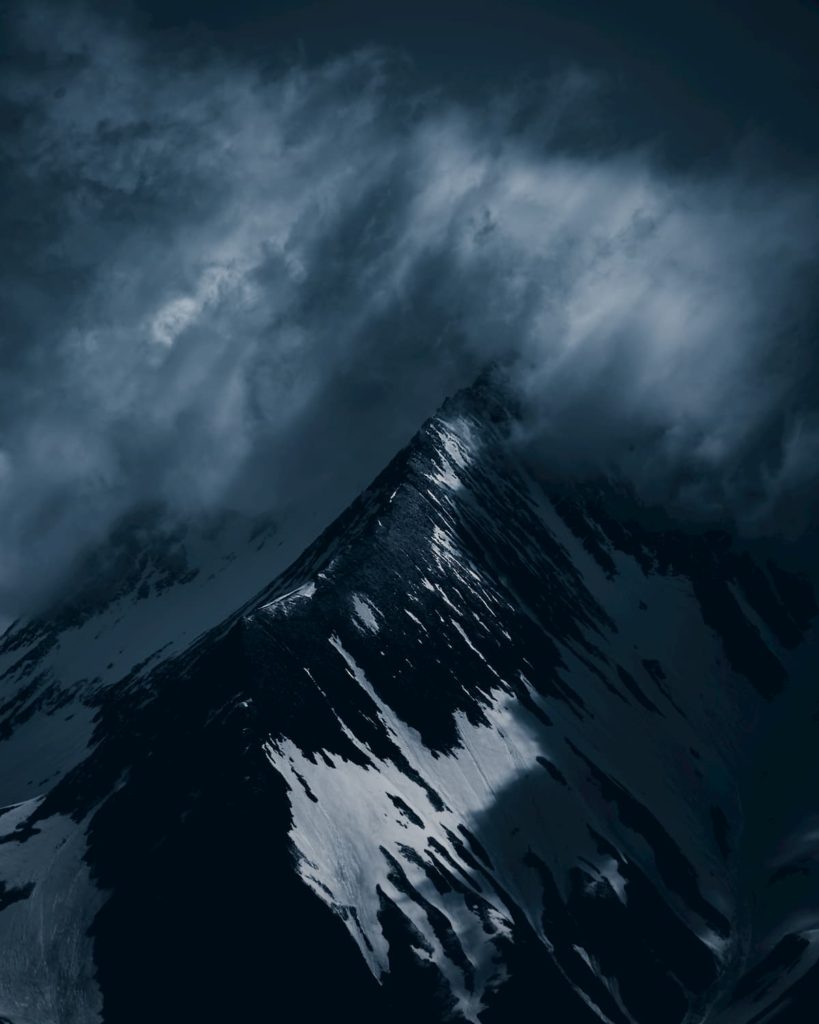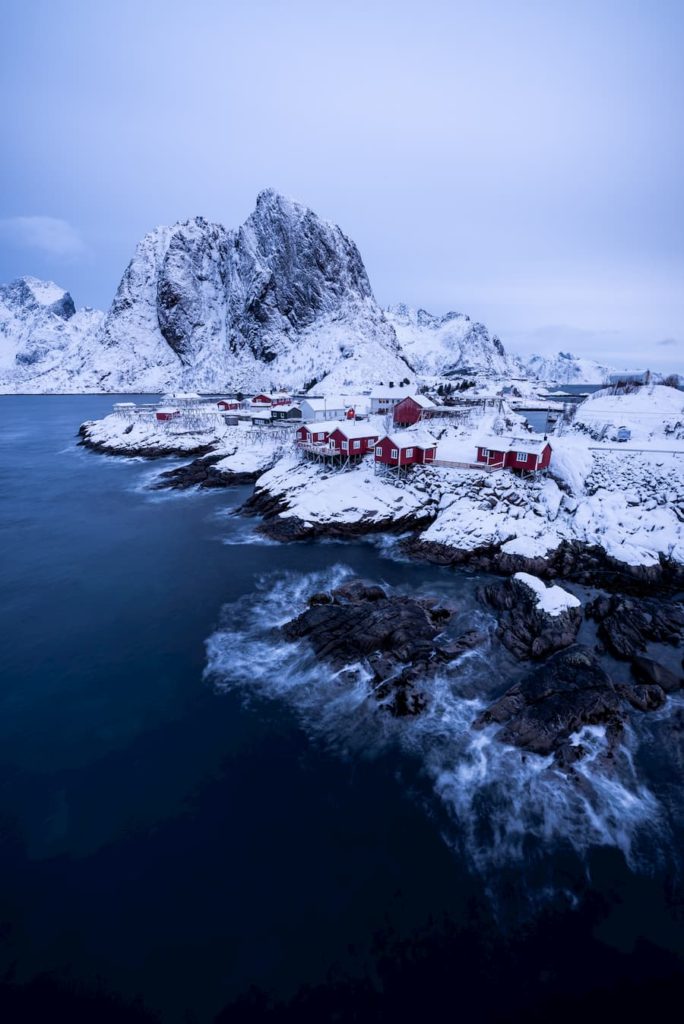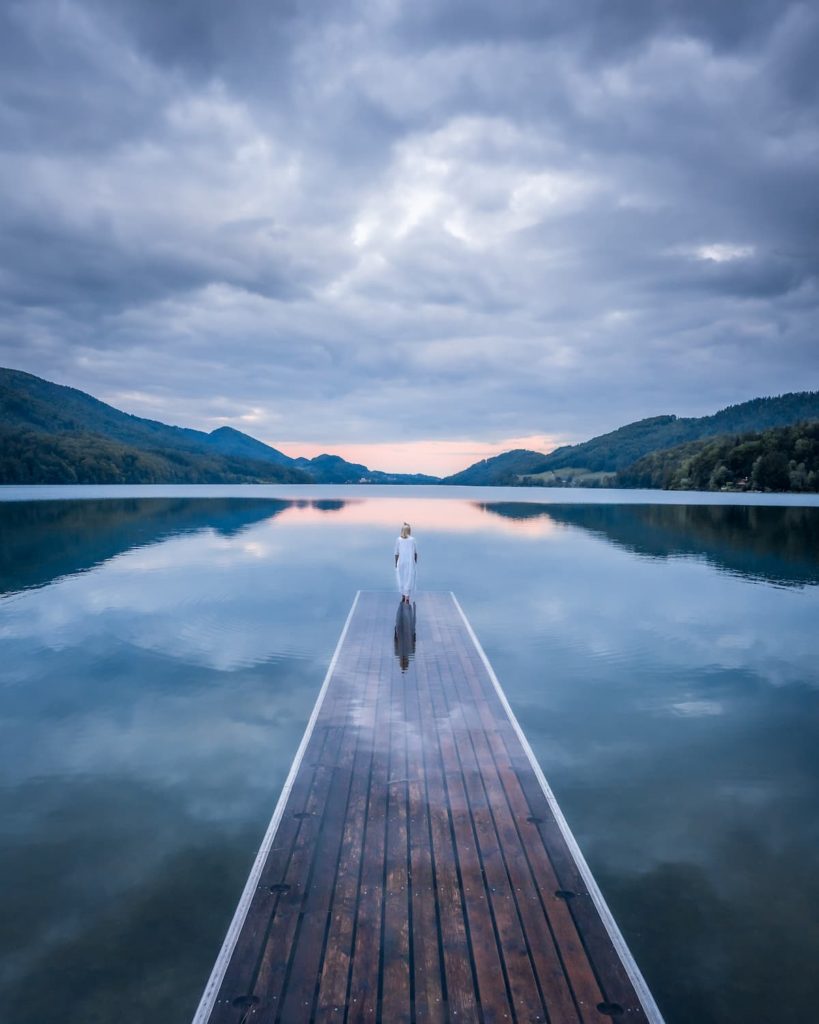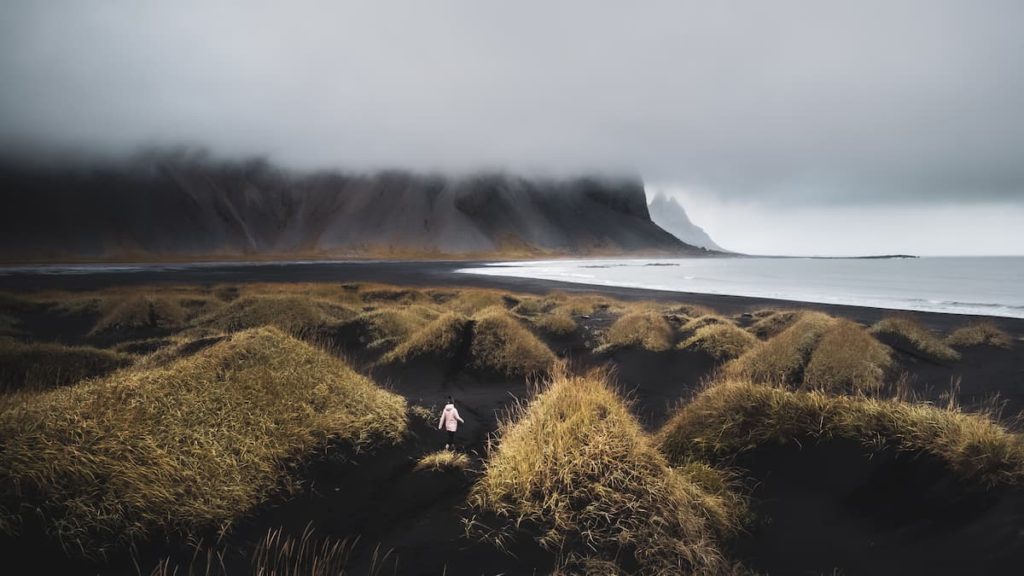
Sebastian Tan
@quetzalcoatlst
Photographer based in Malaysia
Since a very young age, I have traveled around Malaysia locally with my parents. I like seeing new places and I am fond of learning the history of the places I have read about on the internet or seen on TV. Particularly European cities that have rich historical backgrounds such as Rome and Venice in Italy, or Segovia and Barcelona in Spain.
My first backpacking trip to Europe 10 years ago inspired me to travel more, and the landscapes and architecture sparked a passion for photography within me. At that time I was only relying on the camera of my phone (Nokia at that time) which I think did quite a decent job for some casual photography. Nevertheless, the key moment was my first trip to Japan. It is truly heaven for photographers. The country has so much to offer. I loved the urban landscape where neon sign boards are everywhere which gives you the cyberpunk/futuristic vibe. At the same time, the landscapes are just beautiful, especially in the autumn when the red maple leaves surround the temples and shrines. Some views are simply mythical.
About Japan
What I actually enjoy the most about Japan is that it is very safe and clean, and it is very convenient to move around by public transport. You can leave your bags and focus on shooting without the worry of getting robbed, that is simply amazing.
After my first trip, I was determined to level up my photography game by getting my first mirrorless camera and I went back with my new gear to Japan a few times – I wanted to capture its magnificence properly. Today, my all-time favorite image was taken in Japan during my third visit. Quite a number of people thought that the cloud over Mount fuji was a superimposed effect in Photoshop. In fact, it was a lenticular cloud, a natural phenomenon. I captured the image during sunset as I walked down from Chureito Pagoda in Fujiyoshida. It feels like a crown over the Queen’s head. Simply astounding!
Portrait and lifestyle photography
During the pandemic, travel restrictions had me yearning for more travel. However, since I couldn’t do so, I used the opportunity to gain experience in portrait photography, a different craft I am also passionate about. I have always thought that landscape shots are not as challenging as portrait photography because human expressions are not easy to capture. But I think I was wrong in some ways. Both are challenging in different ways.
What makes a great portrait photo is how well an expression is captured. Manifestation of the facial expression depends on how the model feels which could be affected by the mood (if he/she is comfortable expressing); very often the expression you want to capture could depend on the chemistry between the photographer and model/subject. In addition to that, lighting and composition also determine how good the photo is. Just like a landscape shot.
Valuable lessons to grow as a photographer
As I kept learning photography, I learned many valuable lessons. The following are worth highlighting:
(1) Patience: If you want to take a nice shot, you gotta be at the right place and at the right time. Sometimes when you travel, you can’t go in a hurry to just snap and go. The nice lighting you see is worth the wait. Sometimes you gotta stay a bit longer to get inspired or wait for the right subject to be in the frame.
(2) Always plan ahead but always adapt: Great landscape photos aren’t captured by chance. When it comes to landscape photography we can only control a few things (our camera settings and the compositions we want). Some other factors such as weather or even the condition of the locations are out of our control. Thus, it is essential for us to at least take control of what we can. Hence, planning ahead is always important. We can study the map, read up on any notice about the locations, use Google Earth to envision where we are going to position our tripod for certain shots, and use apps like PhotoPill to give us an idea about the Sun or Moon position. For instance, capturing a clear view of Mount Fuji is not easy, and I knew that before travelling there. So I spent some extra days around the area during my last trip to Japan to make sure that I got enough chances to get a clear shot of the Mount.
"However, sometimes things don’t turn out as we planned. We must adapt before giving up."
(3) Practice makes perfect: Every professional begins their journey as an amateur. I realise that if I want to be better, I keep on shooting. Having top-notched gear doesn’t guarantee the best outcome. You need to shoot more to understand how to get better shots. Every mistake is a chance to improve. It applies to editing skills too!
(4) Persistence: Landscape photography substantially relies on the weather. All I can say is that if you really want to capture what you envision, always be persistent. Revisit the locations multiple times. For example, when I was in the Faroe islands, I wanted to capture photos of Fossa and the first time I went, the water stream was too small and it didn’t give out the effect that I wanted. The next day it was raining, I went again despite the weather being crazy and I took a risk and flew my drone and managed to capture some pretty nice shots!
(5) Exercising has many benefits ranging from physical to mental health. Exercising could potentially help with creativity as it is associated with dopamine secretion it can drive our motivation to explore and boost creativity. However, in my case, I think exercising mostly helps me to be stronger and improve my muscular capacity to do things that would help my photography activities such as carrying camera gear, walking long distances, and hiking some hills in nature.
Exploring the Faroe Islands and the value of perseverance
Concerning number 5, my trip to the Faroe Islands was definitely a good example. The landscapes of the Faroes are just out of this world! Some of the most remarkable views can only be seen if you hike, especially Dranganir. The hike is definitely not easy when you need to carry about a 15kg backpack with camera gear in it and the weather was unpredictable – strong winds and heavy showers can just interrupt the plans you had or make a hike much more demanding. At those moments, I’m happy I am used to exercising and I can withstand it. The experience in the Faroe Islands was therapeutic for me because the place is so calm and it took me out of the busy lifestyle I usually have. The trip definitely made me realize that persistence, always being ready to adapt, and using your strength are so important in taking good landscape shots (also, make sure your gears are weather-proof, that really come in handy). It definitely helps me prepare better for more trips to come.
To become better, I also learn from experts. There are many people who have a talent for taking great photos. I can say that I am not one of those who have innate talents. When I started, I always watched tutorial videos on Youtube learning from the professionals like Mads Peter Iversen from Denmark and RK from Japan. I signed up for the courses to learn the recommended processes to compose and edit photos. If you want to get better at something, I strongly believe that some form of mentorship that acts as scaffolding could actually heighten our level.
I think that after theoretical learning, putting in hours of practice is actually crucial for our development. The more we shoot, the better we become – if we learn from the mistakes we make. Besides, when it comes to landscape photography, you can’t just expect views with unique light conditions without frequently exploring the outdoors.
According to me, the key ingredients of a great landscape photo are 1) unique lighting conditions 2) A clear subject (you can’t just shoot a vast piece of land/sea without any focal point) 3) Unique perspective (Making ordinary places extraordinary) 4) A reasonable amount of post-processing (making sure that you do not “over-edit” the pictures so they don’t end up looking fake)
Style
Though I love landscape photography, generally, my paid projects are portrait photography projects. I can say that each and every one of them is crucial to my professional development. I have established my style in neon portraiture and sensual portrait photos which I am proud of because I shoot with an Olympus camera (a micro four-third sensor). Many people would think that low-light setting would be a disadvantage for me, however, with the right lens and camera setting, I am becoming better at it. There is one shot that has been a success on Instagram in particular; the reach and engagement were very positive. This always motivates me to continue exploring my creativity.
Besides my passion for photography and paid gigs, it has never been a full-time thing for me as I work full-time as a fitness coach. I would like to see myself to be an established fitness coach who is also an established photographer in both landscape photography and portraiture. However, I haven’t been setting huge expectations for myself around my photography work as it is still a hobby for me. I love travelling and taking nice shots, and I can’t say no to taking beautiful photos of people. In the fitness industry, on the other hand, I focus on delivering results to my trainees/athletes. I believe in letting results speak for themselves. If I would want to start taking photography to a next level and not consider it as just a hobby, I would approach it in a similar way. Results speak for themselves – it shows what you put in and what is left for improvement. It’s great to reflect upon before moving to the next shot or client.
Would you like content like this sent to your inbox?
NOMADICT
ART GALLERY
THE LATEST STORIES
WRITEN WITH PASSION TO INSPIRE YOU
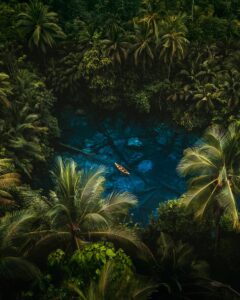
Tom Fähndrich (@tofenpics): Best of the Week 47 at #nomadict
Tom shares the journey behind his winning photography, from a passion for exploration and remote places to field lessons, composition choices, and color grading.
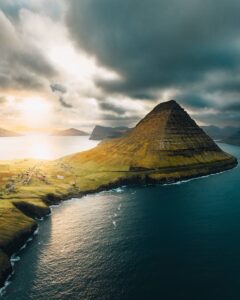
Photo tour in the Faroe Islands
Join us in the Faroe Islands for a unique photo tour, where you’ll elevate your creative skills with expert guidance from Ronald Soethje and Nomadict.
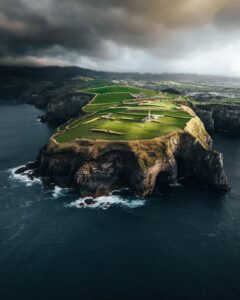
Photo tour in Azores, Portugal
Join us in the Azores for a unique photo tour, where you’ll elevate your creative skills with expert guidance from Ronald Soethje, Bruno Ázera, and Nomadict.
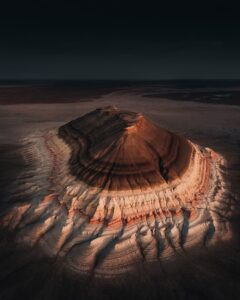
Forest Kai (@forest1kai): Photographer based in the US
In this article, Forest shares how years of chasing scale, silence, and raw landscapes shaped his approach to photography, from the deserts of Kazakhstan to the volcanic ridges of Iceland. He talks about how he uses light, texture, and vast negative space to create images that feel both intimate and overwhelming.
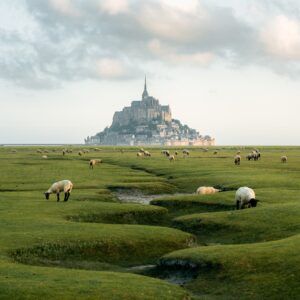
Simon Hechtbauer (@roamwithsimon): Best of the Week 32 at #nomadict
Simon shares the journey behind his photography, from early inspirations to field techniques, editing, and the story of the winning shot that shaped his path.

Miroslav Maršík (@miromarsik): Photographer based in Czech Republic
In this article, Miro shares how his love for cinematic music evolved into a deep passion for photography and how he uses light, color, and atmosphere to turn the streets of Prague into living film scenes.

Aurora photography panorama workflow: A guide to camera settings, editing, and color
In this article, Stefanie reveals how her background in physics sparked her passion for astrophotography and how she blends science with creativity to capture the beauty of the night sky. Readers will discover her approach to color, contrast, and editing, as well as her aurora photography workflow.

Yhabril (@yhabril): Best of the Week 33 at #nomadict
Spanish photographer Yhabril captures the profound connection between humans and the mountains that shaped him. Growing up in the Pyrenees, his work bridges outdoor sports, landscapes, and celestial scenes — often blending athletes, moonlight, and wilderness into striking visual stories.
